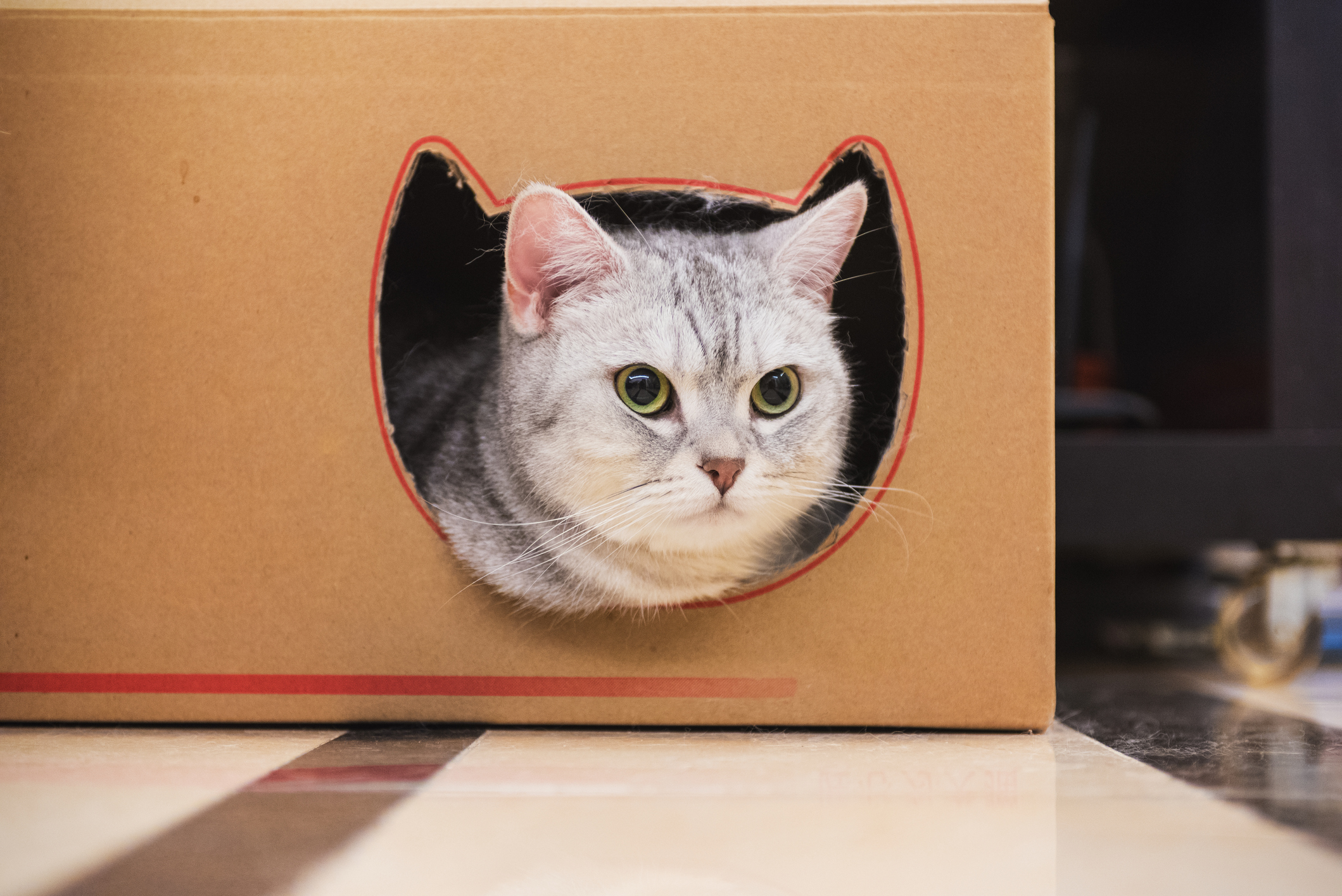Training a cat may seem like a challenge, but with the right techniques and patience, it can be highly rewarding. Cats are intelligent, independent creatures that, when trained effectively, can learn various behaviors that strengthen the bond between you and your feline friend. In this guide, we’ll cover 7 proven techniques to help you train your cat successfully.
1. Positive Reinforcement is Key
The most effective way to train a cat is through positive reinforcement. Reward your cat with treats, affection, or playtime whenever they perform the desired behavior. Cats respond well to rewards and are more likely to repeat actions that bring them something enjoyable.
- Use small, high-value treats like soft cat food or small portions of their favorite snack.
- Reward immediately after they exhibit the desired behavior to reinforce the action(Wordtune).
2. Clicker Training for Cats
Clicker training, a popular method used for dogs, also works wonders for cats. The sound of the clicker marks the precise moment your cat performs the desired behavior, followed by a reward. This helps your cat quickly associate the behavior with the reward.
- Get a small, cat-friendly clicker and start by clicking and immediately giving a treat so your cat learns to associate the sound with something positive.
- Gradually, use the clicker only when they perform the action you’re trying to encourage, such as sitting on command(Wordtune)(HubSpot Blog).
3. Use Target Training
Target training involves teaching your cat to touch a specific object, such as a stick or your hand, with their nose or paw. This can be helpful when you want to lead them to a certain place or get them to follow you without picking them up.
- Start by presenting the target close to your cat’s nose, and reward them when they touch it.
- Slowly increase the distance, guiding them to follow the target around the house(SpringerLink).
4. Litter Box Training
One of the first and most crucial behaviors to train is litter box use. Cats naturally prefer to bury their waste, but it’s essential to create an environment that encourages this behavior.
- Keep the litter box clean and place it in a quiet, accessible location.
- If your cat has accidents, gently place them in the box after they finish, so they understand the correct spot to go(Wordtune).
5. Discourage Unwanted Behaviors
Cats can develop bad habits like scratching furniture or jumping on counters. The key to stopping these behaviors is to redirect their energy.
- Provide scratching posts for your cat and reward them for using these instead of the furniture.
- Use double-sided tape or aluminum foil on surfaces you don’t want them to scratch or climb. Cats dislike the texture, which can deter the behavior(SpringerLink)(HubSpot Blog).
6. Patience and Consistency are Essential
Training a cat requires time and consistency. Unlike dogs, cats don’t always respond immediately or follow commands simply for praise. Stay patient and repeat your training sessions daily, keeping them short and fun.
- Spend 5-10 minutes a day working on one behavior at a time.
- Be patient if your cat doesn’t respond immediately; training takes time, especially with independent animals(SpringerLink).
7. Train to Socialize
Cats benefit from early socialization, especially if they live in a home with children or other pets. Introducing them to new people, animals, and environments while they’re young can prevent fear and aggression later.
- Reward calm behavior during interactions with new experiences.
- Use toys or treats to create a positive association with unfamiliar people or pets(HubSpot Blog).
FAQs
Can all cats be trained?
Yes, with patience and consistency, most cats can be trained using positive reinforcement methods. Start with simple behaviors and gradually work your way up to more complex ones.
How long should training sessions last?
Training sessions should be kept short, around 5-10 minutes per day. Cats have shorter attention spans than dogs, so it’s important to keep sessions fun and engaging.
What if my cat doesn’t respond to treats?
If your cat isn’t motivated by treats, try using affection or playtime as rewards. Some cats respond better to a favorite toy or extra cuddles.
Training your cat can be a fun and rewarding process that strengthens your bond. By using positive reinforcement, patience, and consistency, your cat will not only learn new behaviors but also become more engaged and confident.

